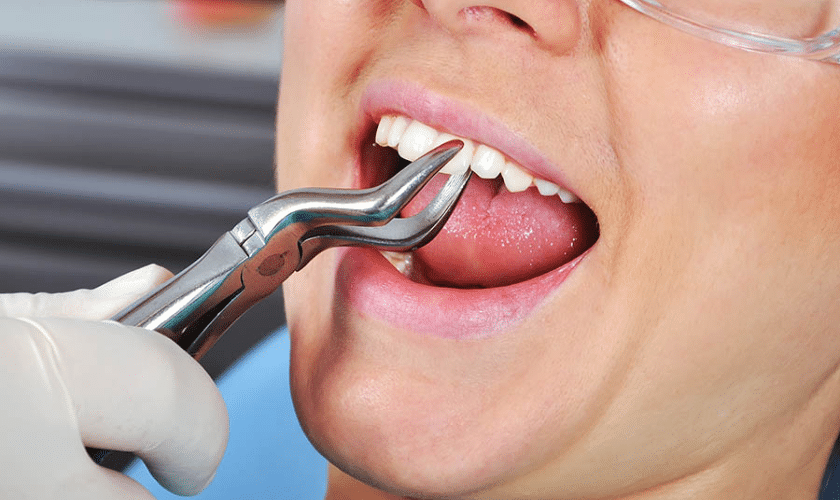
April 24, 2024
Just had a tooth extraction? Congratulations on taking care of your oral health! Now comes the healing phase, and trust us, you’ll want to do everything you can to optimize that process. This means avoiding certain activities, and right at the top of that list is smoking. Here’s why cigarettes are a big no-no after a tooth extraction, and what you can do instead to ensure a smooth recovery.
The Trouble with Tobacco: Why Smoking Hinders Healing
Cigarettes are packed with chemicals that wreak havoc on your body, and your mouth is no exception. Here’s how smoking specifically disrupts the healing process after a tooth extraction:
- Impeded Blood Flow: Smoking constricts blood vessels, reducing blood flow to the extraction site. This vital blood flow carries oxygen and nutrients needed for healing, and without it, the healing process slows down significantly.
- Dry Socket Shenanigans: Dry socket is a painful complication that can occur after a tooth extraction. It happens when the blood clot protecting the exposed bone and nerves gets dislodged. The suction motion of inhaling from a cigarette significantly increases the risk of this happening.
- Infection Invitation: Smoking weakens your immune system, making you more susceptible to infections. This is particularly risky after a tooth extraction, as the open wound is vulnerable to bacteria entering the bloodstream.
- Delayed Healing: All the factors mentioned above – reduced blood flow, increased risk of dry socket, and compromised immunity – contribute to a longer healing time. You’ll be stuck with discomfort and potential complications for a much longer period.
The Power of Patience: How Long Should You Avoid Smoking?
Ideally, you should completely avoid smoking for at least 72 hours (3 days) after a tooth extraction. This allows the initial healing process to take hold and minimizes the risk of complications. However, the longer you can abstain, the better. Here’s a breakdown:
- First 3 Days: This is the critical window where the blood clot forms and protects the extraction site. Smoking during this period significantly increases the risk of dry socket.
- First Week: The wound is still vulnerable, and smoking can further delay healing and increase the risk of infection.
- Beyond One Week: While the risk of dry socket lessens, smoking can still hinder complete healing and irritate the extraction site.
If you’re a regular smoker, quitting cold turkey might seem daunting. However, even a temporary break can significantly benefit your healing. Talk to your dentist about resources to help you quit smoking altogether.
Smoke-Free Alternatives: Coping Strategies for the Cravings
We understand that kicking the smoking habit, even temporarily, can be challenging. Here are some tips to manage those cravings during your recovery:
- Distraction is Your Friend: Keep your mind occupied with activities that don’t involve smoking. Read a book, listen to music, watch a movie, or spend time with loved ones.
- Oral Fixation Fix: If you crave the hand-to-mouth sensation, try sugar-free candy, mints, or chew gum. Just avoid anything too hard or chewy that could irritate the extraction site.
- Hydration Hero: Drink plenty of water! Staying hydrated helps flush toxins from your body and keeps your mouth moist, which can reduce cravings.
- Exercise Endorphins: Physical activity releases endorphins, the body’s natural feel-good chemicals. Go for a walk, do some light stretches, or try some gentle yoga poses.
- Seek Support: Talk to your dentist or doctor about support groups or smoking cessation programs. There are resources available to help you through this challenging time.
The Road to Recovery: Tips for a Smooth Healing Journey
By avoiding smoking and following these additional tips, you can promote a smooth and comfortable recovery after your tooth extraction:
- Pain Management: Your dentist will prescribe pain medication or recommend over-the-counter pain relievers. Take them as directed to manage any discomfort.
- Swelling Soother: Apply ice packs to your face for the first 24-48 hours to reduce swelling.
- Gentle Oral Hygiene: Brush your teeth twice a day with a soft-bristled toothbrush and avoid brushing the extraction site directly. Use a gentle rinsing solution recommended by your dentist.
- Dietary Adjustments: Stick to a soft food diet for the first few days to avoid irritating the extraction site. Avoid spicy, acidic, or hot foods.
- Rest and Recuperation: Give your body the rest it needs to heal. Avoid strenuous activity for the first few days.
Remember, open communication with your dentist is key throughout the recovery process. Don’t hesitate to reach out if you experience any concerning symptoms like






